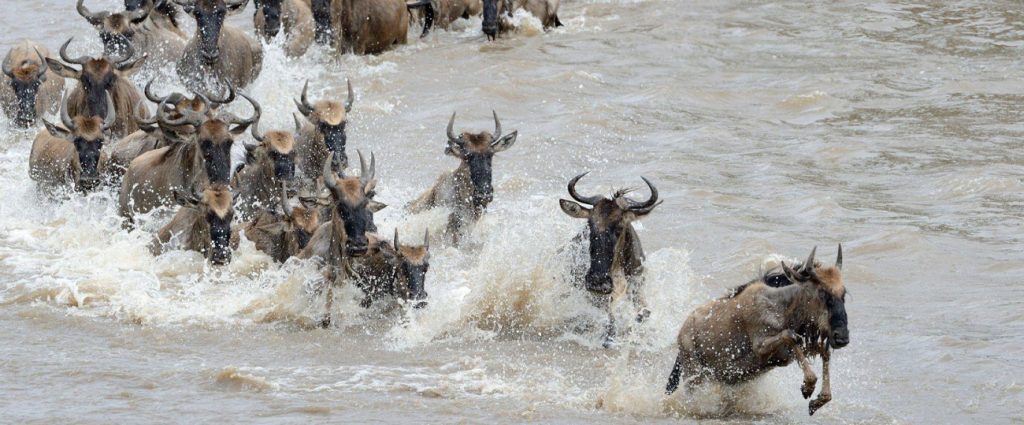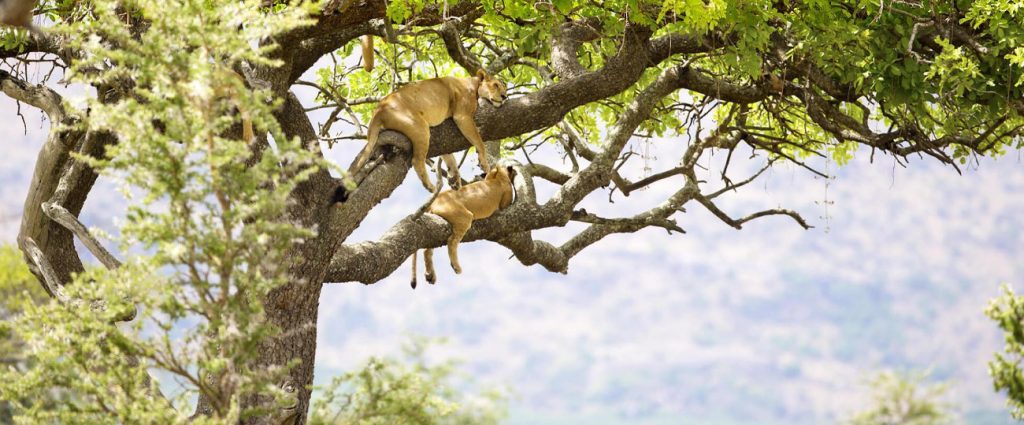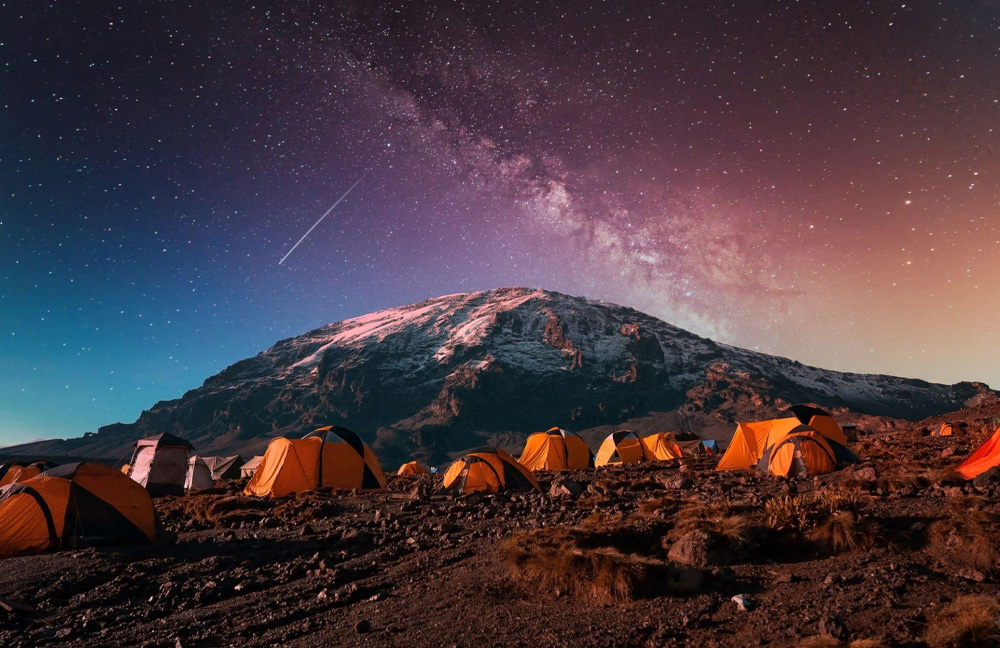“When Is the Best Time to Travel to Tanzania?” has been one of the most asked questions by travelers since its a bit confusing, but you’ll get everything you need right here!. Planning a trip to Tanzania involves more than just booking flights and accommodations. One of the most important things to consider is the timing of your visit. The best time to travel to Tanzania depends on what you want to experience—whether it’s seeing the iconic wildlife, relaxing on a beach, or trekking to the top of Mount Kilimanjaro. In this blog, we’ll take a closer look at when you should visit Tanzania based on your preferences, weather, and the experiences you’re seeking.

If you’re planning a safari in Tanzania, the dry season from June to October is considered the best time to visit. This period is particularly favorable for those eager to witness the famous wildlife of the Serengeti and Ngorongoro Crater.
During the dry months, Tanzania’s national parks see a lot of action. The animals are easier to spot because the grass is shorter, and the wildlife congregates around the limited water sources. This means you’ll have a higher chance of seeing big cats like lions, cheetahs, and leopards.
Weather: Expect daytime temperatures between 25°C and 30°C. Nights are cooler, especially in the Serengeti and the Ngorongoro Crater. If you’re trekking Mount Kilimanjaro, the dry season is also the best time because the trails are drier, and the weather conditions are more favorable.
The dry season is also perfect for visiting Zanzibar’s pristine beaches. The warm, sunny weather makes it ideal for water sports, sunbathing, or simply enjoying the turquoise waters.

The wet season in Tanzania, which runs from March to May, isn’t as popular among tourists. However, it’s still an option for those who don’t mind a bit of rain and are looking for a quieter, budget-friendly experience.
If you’re looking for a good balance of weather, wildlife viewing, and fewer crowds, the shoulder seasons—January to February and October to December—are great times to visit Tanzania.
This is the calving season for wildebeests in the Serengeti. Around January and February, thousands of wildebeests give birth to their young, attracting predators like lions and hyenas. This provides a unique opportunity to witness the circle of life in action.
These months offer another great opportunity for safari enthusiasts. Though it’s the tail end of the dry season, the wildlife is still concentrated around the remaining water sources. While there may be a few showers, they’re generally short and won’t disrupt your travel plans.

Tanzania is a large country with diverse landscapes, and the climate can vary depending on where you’re traveling. The highland areas, such as the foothills of Mount Kilimanjaro and Mount Meru, are cooler, while coastal areas like Zanzibar are tropical and warmer.
While there is no “bad” time to visit Tanzania, it’s best to avoid traveling during the peak rainy season from March to May if you’re focused on wildlife safaris or outdoor activities. The rains can cause disruptions, and many areas can become difficult to access. However, if you prefer a budget-friendly trip and don’t mind the rain, it could be a good option.
The best time to visit Tanzania ultimately depends on what you want to experience:
Remember, there’s no wrong time to visit Tanzania—it’s all about aligning your travel with your interests and preferences. Whether you’re chasing the Great Migration, enjoying the calm beaches of Zanzibar, or hiking to the top of Kilimanjaro, there’s a perfect time for you.
Connect & Follow us on: